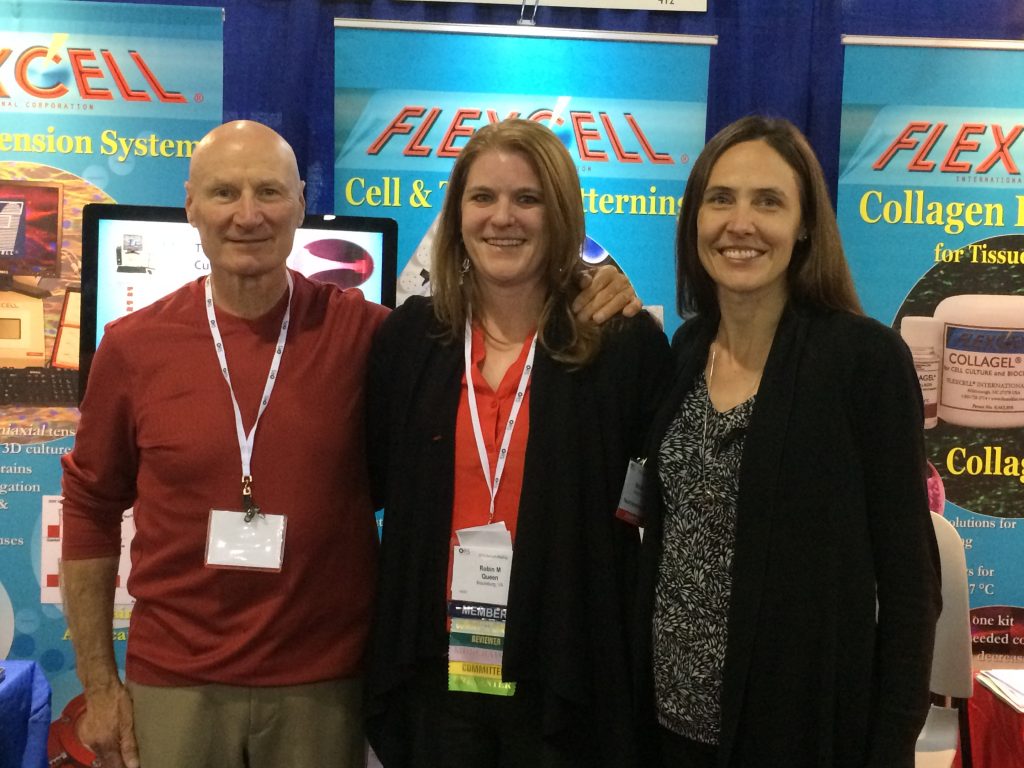Dr. Albert Banes, BME Faculty Emeritus and Founder and President of Flexcell International Corporation, recently checked in with the Joint Department to update us about his company and share his pride in Flexcell’s role supporting student training and scientific discovery in mechanobiology.
How did you come to found Flexcell International?
Dr. Banes: My road to mechanobiology began with a lecture from Dr. Itzhak Binderman on stretching osteoblasts on a polystyrene dish and a discussion of stretching cells in 1976. Immediately after I hatched a plan to build a cell stretching device using an elastomer membrane and vacuum deformation of the membrane from below to avoid interfering E and B fields. From this device Flexcell was eventually born. In fact I was one of the early faculty successful start-ups. Forty years later I am still at it in labs at Flexcell’s 30k sq ft headquarters in Burlington, NC, and the company is a global supplier of this technology. During that interval my lab experienced many “firsts” including: first papers on stretching vascular endothelial cells, smooth muscle cells, osteoblasts, tenocytes, etc.
Speaking of firsts, you shared with us that Flexcell equipment was used to perform experiments in the research just awarded the 2021 Nobel Prize in Physiology or Medicine, is this a first?
Dr. Banes: Congratulations to Dr. David Julius and Dr. Ardem Patapoutian of the Scripps Institute for their recent Nobel award in Physiology or Medicine for the elucidation of Piezo 1,2 and Trp channels and their roles in mechanobiology in health and disease. Both researchers utilized the Flexcell International Corporation’s flexible bottom culture plates and control unit on the way to their discoveries of mechanosensitive ion channels. This is a first and we’re proud of Flexcell’s role supporting scientific discovery in mechanobiology.
Have Flexcell’s products always been well received?
Dr. Banes: Many researchers and journals were skeptical of this “new technology” and the importance of “stretching cells”. I recall a visit from Dr. Judah Folkman in the late 1980s. Intended as a brief visit, Dr. Folkman stayed for some time, opening the incubator door to closely observe the endothelial cells moving up and down on custom cast, soft silicone elastomer membranes derivatized with collagen. He remarked that he couldn’t believe this new development. Other leaders in the field felt the same way. At first the research was phenomenological. How did cells look when they were subjected to applied strain (which was at first, unconstrained deformation in 2D, then equibiaxial, uniaxial and finally in 3D, fabricating engineered tendons, ligaments and cardiac trabeculae in vitro.
Has Flexcell been a resource for training the next generation of mechanobiology researchers?
Dr. Banes: Students help Flexcell to prosper and Flexcell helps students to grow in their research and technical skills. Many, dental and medical students, residents, fellows and post-docs have flowed through Flexcell’s labs. In the early 2000’s, I started teaching a tissue engineering course in the CAMS program. Dr. Michelle Elfervig Wall, BME alumna, was one of the students that worked with me. Her work on connexins and calcium signaling showed the need for cell-cell signaling in response to ligands and applied load. Dr. Bertina Jones, BME alumna, also worked with me and Sean Washburn in the CAMS program, to show how ligament cells in microfabricated grooves cross-talked with each other. Our work was in pursuit of the basic mechanisms underlying how cells respond to mechanical strain. There were many BME interns in the lab as well as other students to thank for their participation and contributions along the way.
What else would you like to share?
Dr. Banes: It is gratifying at this stage in life to know the many students who participated in mechanobiology in my lab have gone on to successful careers in different roles and industries. I am proud to congratulate the recent Nobels for elucidating the specific ion channels involved in mechanosensation! I offer special thanks to Dr. Eddie Grant and son David, who has been with Flexcell as an engineer for seven years! And, thanks to all the students that have worked in my lab and the company for contributing to the mechanobiology field! I will continue to welcome BME students and alumni for internship and employment opportunities and support the growth of the Joint BME Department and its network of collaborators and industry partners. More information is posted on the flexcellint.com website; in particular news about Flexcell’s 35th Anniversary in Mechanobiology 2022!



